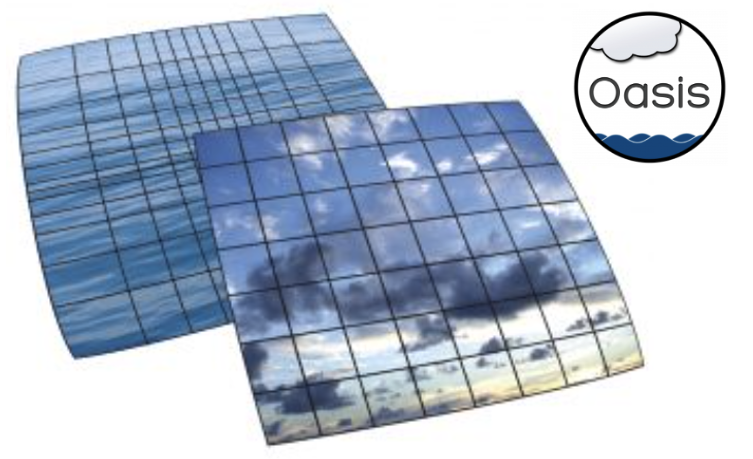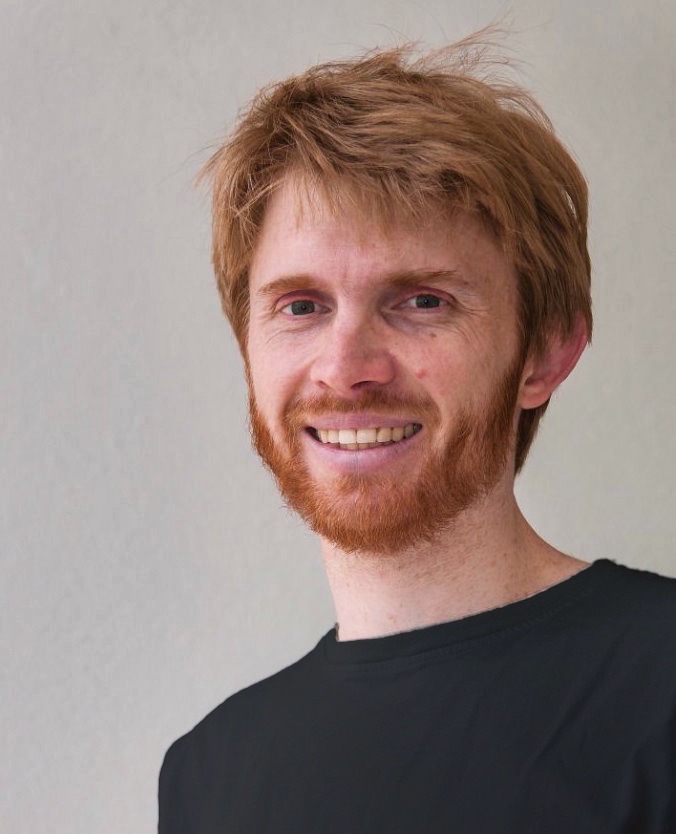
OASIS3-MCT is a coupling library that can be used to exchange information between different codes modelling the different components of the Earth System, e.g. the ocean or the atmosphere. In this training, mixing theory, videos, quizzes and hands-on, you will learn how to use OASIS3-MCT. Your goal will be to instrument two toy models to set-up a real coupled model exchanging coupling fields. The SPOC takes place over two weeks and requires about 20 hours of work that you will be free to spend when it is the most convenient for you over that period. You will be invited to interact with other participants through forums and, of course, the course staff will be available each day to answer questions.
Next sessions
Date: from December 9th to December 20th 2024 (about 20 hours over two weeks). Please send an email to training(a)cerfacs.fr if you would be interested in an earlier session. Deadline for registration: December 4th and you need to have installed OASIS3-MCT on your platform before registering. The fees are : students : 144 € – Cerfacs shareholders : 216 € – others : 288 € (Taxes included) Free of charges for partners of the TRACCS project (contact directly training@cerfacs.fr) Before signing up, you may wish to report us any particular constraints (schedules, health, unavailability…) at the following e-mail address : training@cerfacs.frSatisfaction index

In 2023, 88% of participants were satisfied or very satisfied (results collected from 8 respondents, out of 11 participants, a response rate of 72.7 %).
Descriptive
OASIS is a coupler of codes specialized for geophysical models. The first version of the OASIS coupler was released in 1993. Today, the last version of OASIS, i.e. OASIS3-MCT, is fully parallel and is used by 67 modelling groups to assemble more than 80 different coupled applications worldwide. CERFACS and CNRS, the French National Scientific Research Center, are committed to maintain and develop OASIS and to ensure efficient user support. OASIS also benefits from European and French national funding.
Learning outcomes
On completion of this course, you will be able to :- implement OASIS3-MCT API in a simplified coupled model (toy model)
- list the steps to be taken to interface OASIS3-MCT API in your own code
- adapt the OASIS3-MCT configuration file, with the help of the User Guide
- choose the appropriate regridding options for your coupling fields
Organisation of the training
In this course, you will learn how to instrument your codes to couple them using OASIS3-MCT and how to configure the coupling exchanges. You will also learn about the coupler regridding functionality. Each section will start with some theory presented in a video, followed by some questions that you should answer to evaluate your understanding of the theory presented. Then you will proceed to the instrumentation, i.e. the implementation of the calls to OASIS3-MCT API routines, in some toy models. Toy models are skeleton programs that do not contain any real physics or dynamics but that can reproduce real exchanges of coupling fields. You will run these toy models, produce results and you will be invited to verify your results. In each section, you will have a dedicated forum which you can use to interact with the course staff or even with other participants. In the end, you will have two toy models fully instrumented and exchanging coupling fields using OASIS3-MCT. You should then be able to instrument your real codes with OASIS3-MCT calls and configure those coupling exchanges by adapting the OASIS configuration file.
Our pedagogical principles
All our learning sessions are built upon evidence-based principles from cognitive psychology and learning research:- concepts first: the course is focused on conceptual understanding of the meaning of equations and how they apply in practical cases (Van Heuvelen, 1991).
- active learning: the course is organized around activities especially designed to make participants interact between each other, involving a deep processing of the scientific content previously shown in short videos (Salmon, 2013).
- long-term retention and transfer: because you need to apply what you will learn during this session in the future and in various contexts, our courses are designed using the 10 laboratory-tested principles drawn from cognitive psychology (Halpern and Hakel, 2003).
Teaching methods
The training is an alternation of theoretical presentations and practical work. Multiple choice questions allow a continuous evaluation.Requirements
In order to follow this course, you need to:- be familiar with the use of basic Linux commands
- master Fortran 90
- master the basic Message Passing Interface (MPI) commands.
Evaluation of learning
A final exam will be conducted during the training.Referent teacher
Sophie VALCKERealized with the assistance of the following researchers :
 |
Dr. Sophie ValckeSophie Valcke holds a research engineer position at CERFACS where she is working on high-resolution atmosphere-ocean-ice coupled modelling and is leading a team of 4 engineers developing the OASIS3-MCT coupler. |
|
|
Pr. Stéphane FriedelmeyerStéphane Friedelmeyer is an associate professor of mathematics and computer science. He worked on SPOC as part of a Master’s degree in Digital Resource Design. |
 |
Dr Jean-François ParmentierAfter getting his PhD in Fluid Mechanics working on modeling of two-phase gas-particle flows, Jean-François worked for a few years on thermo-acoustic instabilities in annular combustion chambers. Since 2014 he has oriented his research specifically on learning and teaching science using active learning methods. |


